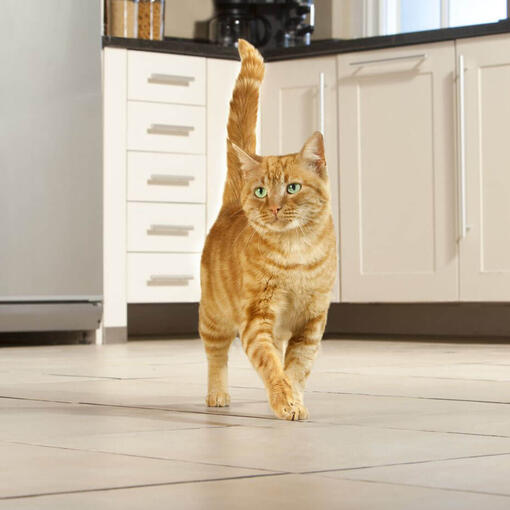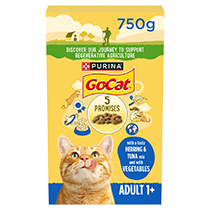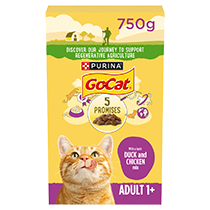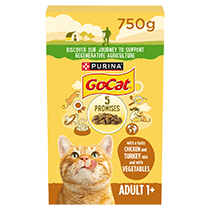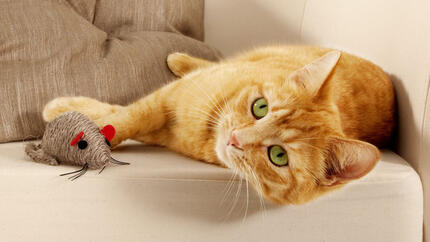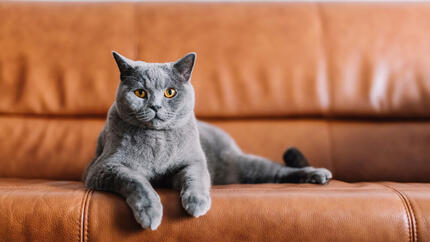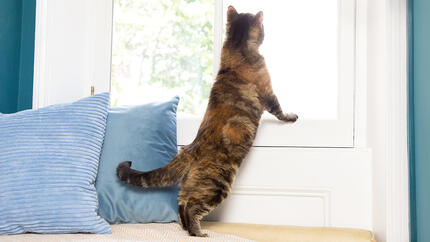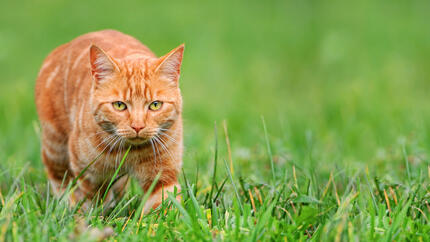10 ways to encourage cat exercise



Find out how to encourage your cat to be more active, even if they live indoors.
Getting your cat to exercise can sometimes be a challenge – especially if their idea of a perfect day is one spent snoozing on a sofa. As any cat lover knows, cats have independent personalities; they love having alone time for sleeping ad relaxing, and are unlikely to do anything they don’t want to do. This can make ensuring they get all the exercise they need to stay healthy and happy a challenge. It can be especially worrying for owners of indoor cats, who have no outdoor exercise to help keep them active. So how do you keep your cat active and convinced them to exercise?
Unlike dogs who are always happy to go for a walk, cats need to be engaged with their task or they can rapidly lose interest. Luckily, they all have a few personality traits that you can utilise to ensure they enjoy exercise and keep their bodies and minds in tip top condition.
1. Games with you
Nothing stimulates a cats hunting instinct more than chasing ‘things on strings’ – and even better, these are games you can play together. Put aside a few minutes every day to play with your cat, and let them stalk, chase, pounce and catch toys that you control. No matter how quick your reactions are, make sure you give them a chance to ‘succeed’ and catch the toy now and then, as cats need this hunting success (even if pretend) to keep them content and prevent the frustration that can arise from failing to catch their prey which can give rise to behaviour problems. This is why you should NEVER play with cats using laser pointers.
2. Cat trees
Cat trees provide great enrichment opportunities for cats. They encourage them to climb, jump, and even engage in a pawdicure (as most have a built- in scratching post). With a variety of places to sit and survey their territory, hiding places to sleep undisturbed, and lots of different heights to climb, they are excellent at keeping cats active. You can even encourage your cat to use them more by putting treats on different parts of the trees.
3. Outdoors
Even if you have an indoor cat, some safe time outdoors can be great for their enrichment and also to give them more exercise. If you have a big enough garden, you could consider building a ‘catio’ – a fully enclosed area (including roof) made of something like a wooden frame with strong chicken wire which will keep them contained but give them some fresh air and the chance to see the sights, sounds and scents of the great outdoors. You can put large tree branches in there or a cat tree, make shelves and ramps, hiding places and tunnels – and give them their own outdoor gym to explore and increase their mobility and exercise.
There are ways to cat proof your entire garden with specially designed fencing too so that your cat can have the freedom of the garden but can’t escape and neighbourhood cats can’t get access but this comes at a price.
If you are unable to do any of these, allocate a space on a window ledge where your cat can sit and look out the window. This will provide enrichment – but also just the jumping up and down will encourage a bit more exercise.
Some cats can be trained to walk on a harness and lead but this doesn’t give them the freedom they really need to take advantage of the great outdoors – and few enjoy it.
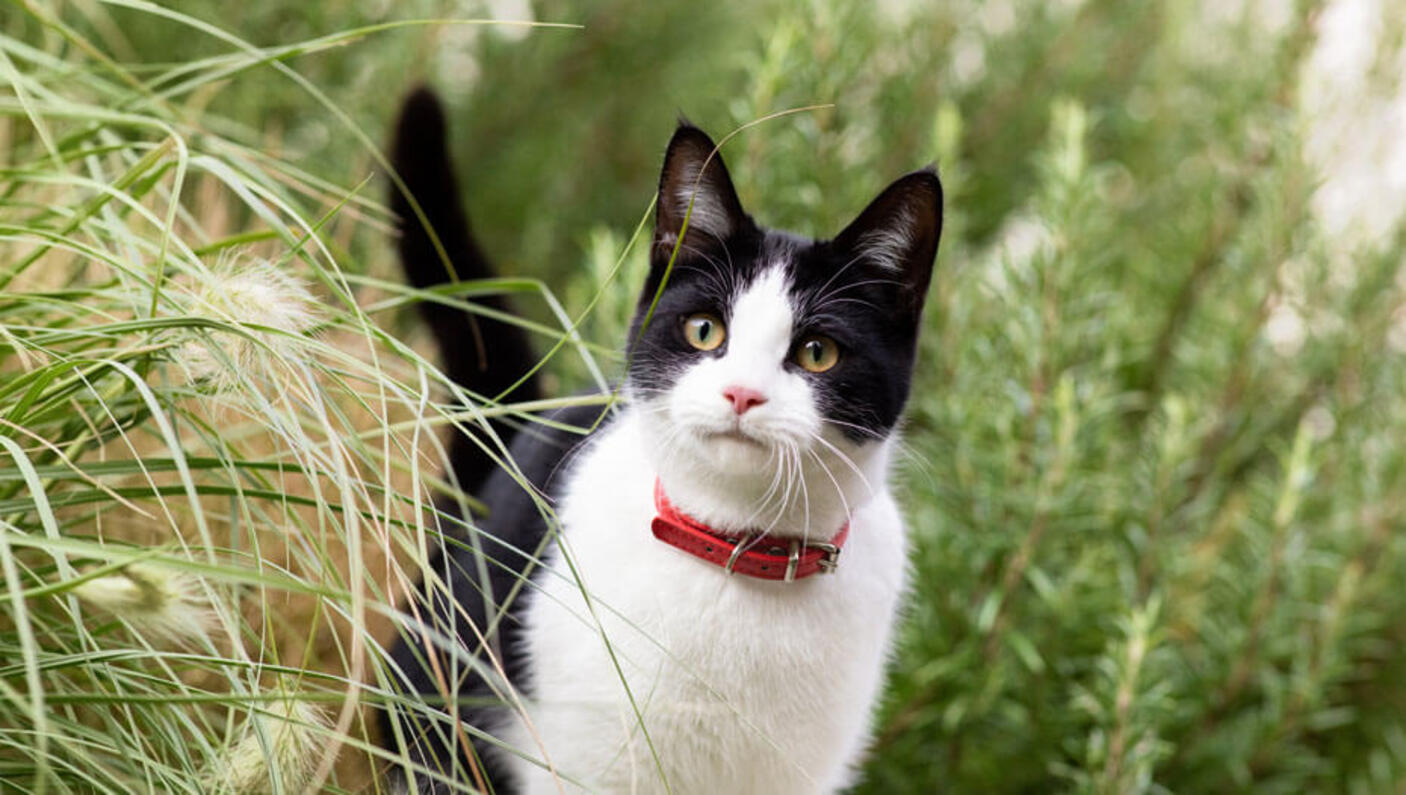
4. Vertical space
Vertical space is important for your cat as not only does it give them enrichment and surveillance opportunities, it also gives them more exercise. Naturally cats love to climb, and their natural agility means that they think far more ‘multilevel’ that dogs do – or often, we do!. Arrange a room or an area in the house to have lots of different heights – such as shelves, ramps, or tables. Make sure they have non-slip surfaces so that it is easy for your cat to move and jump from one to the other.
You can put treats on some of the levels – or even a cat bed that is in the sunlight… Anything that makes them appealing for your cat. This encourages your cat to leap from one to another, the perfect natural feline exercise.
5. Remote control/battery operated toys
There are lots of great cat toys on the market that move around on their own – either via a remote control, that are battery operated, or that your cat can push about with their paw inside a framework or track. These can be good additions to your cats’ playtime – but can give rise to frustration if your cat can’t ‘catch’ them so they are best used sparingly. Nothing beats playtime with you.
6. Treats and toys
It’s really easy for dinner times to get boring for cats. Instead you can use puzzle feeders or treat dispensing toys to get your cat to work a little more for their food. This makes dinner times more interesting and gives your cat a bit of exercise too. Everyone loves rewards. Use some Go-Cat® kibble in treat dispensing toys to make sure treat are both delicious and healthy.
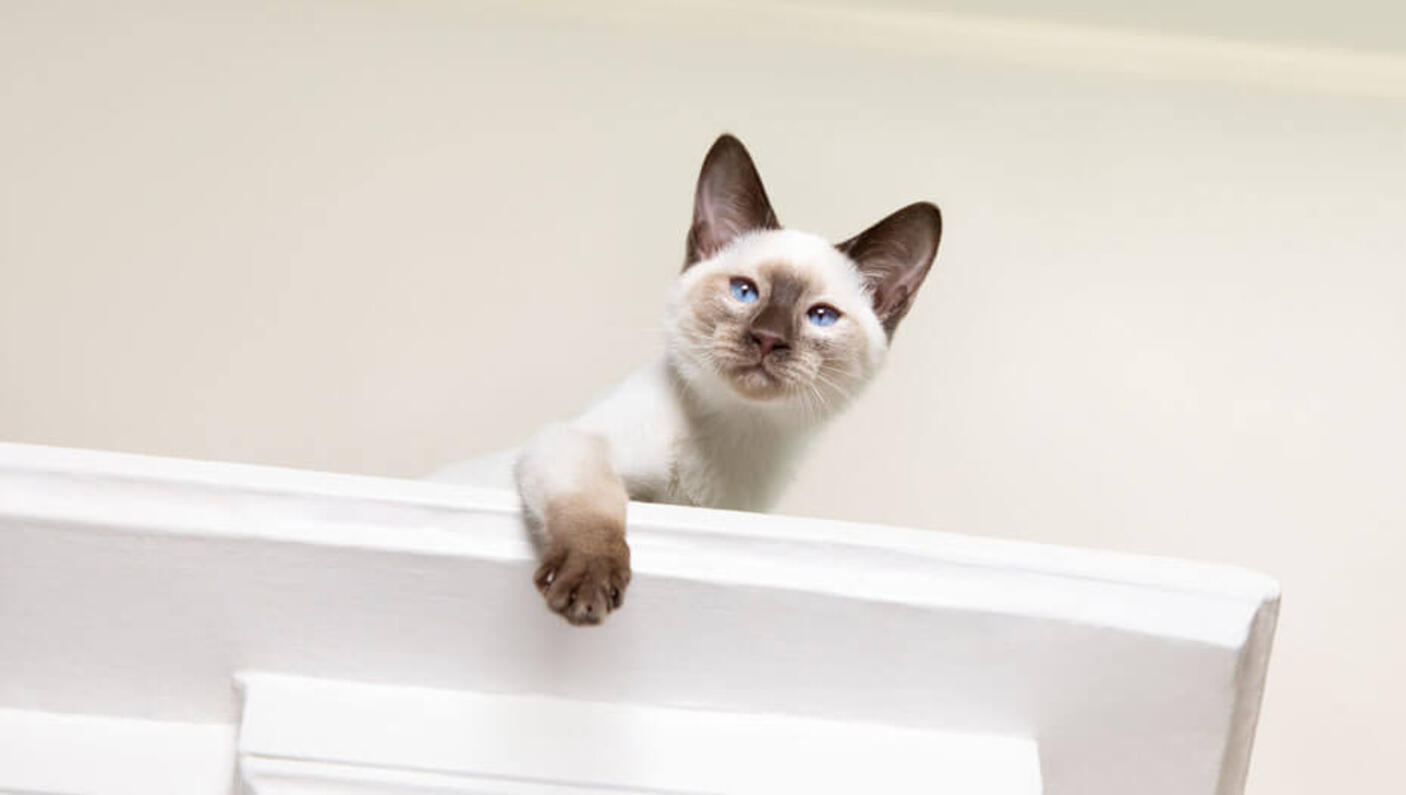
7. Cat tricks
Training your cat may seem challenging but it can also be fun and rewarding. Teaching your cat tricks can improve your bond, as well as help them develop their skills through exercise. Start with something small, touching your hand or stepping over a pole.
If they enjoy this, you can move on to more active things like jumping over things or through hoops – or following a target stick onto different heights and surfaces.
8. Timing
How do you convince your cat to exercise when they're always curled up somewhere? Remember, it is natural for cats to sleep a lot so the secret is to play with your cat in between naps. Most cats wake up hungry and active – so this is the perfect time to play. Do not worry about the length of the play sessions as well; these are likely to be short depending on your cats mood, age, and playfulness. Five to 15 minutes is about the average length of one play session – although you will work out the best time to play with your cat (usually early in the morning and in the evening – as these are the times cats are most active). You will also soon discover what games your cat really loves to play. Try to make time for a couple of play sessions every day – to keep your cat active and improve your bond.
9. Your company
There is nothing that entices a cat enjoys more than interactive play. Cats will not play with toys that don’t move and that aren’t enticing or that stimulate their natural hunting instinct to stalk, chase, pounce and catch. That means that you need to be part of the most enjoyable part of cat ownership – play and bonding. Take time to build a relationship with your cat - you are, after all, their favourite human.
If you take on a kitten that is going to be an indoor cat, this type of play can help kickstart their bond with you and create a beautiful relationship that will last for life. There are some rules though… Play should always be about toys – not your hands or feet. Do not let your kitten play with your hands and skin, as this can develop into scratching and biting later in life.
Remember, a cat's play habits change throughout their life. While kittens have boundless energy and are more open to learning, it is usual for cats to play less after they are five months old.
Above all, they should be healthy, well fed and happy.
Related articles by Go-Cat


